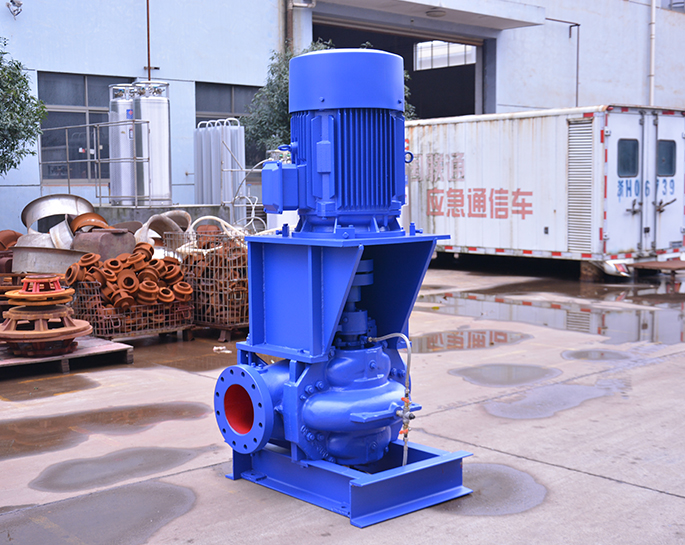Planning and testing a fire pump system is crucial for fire prevention and ensuring the safety of a building or facility. Here are the steps to plan and test a fire pump system effectively:
Planning a Fire Pump System:
Identify Applicable Codes and Standards: Familiarize yourself with local building codes, fire protection codes, and relevant national standards (e.g., NFPA 20 - Standard for the Installation of Stationary Pumps for Fire Protection). Compliance with these standards is essential.
Determine System Requirements: Assess the specific needs of your building or facility, including its size, occupancy, and fire hazards. This will help determine the flow rate and pressure requirements for the fire pump.
Select the Appropriate Type of Fire Pump: Choose a fire pump that matches the requirements of your building. There are various types, such as electric motor-driven, diesel engine-driven, or vertical turbine pumps, each with its own advantages and disadvantages.
Location and Installation: Determine the location and installation requirements for the fire pump. It should be placed in a designated pump room that meets all safety and accessibility standards.
Water Source: Identify and secure a reliable water source. This may be a public water supply, a dedicated fire protection water tank, or another approved source. Ensure adequate water quality and flow rate.
Piping and Valves: Design and install the necessary piping and control valves to deliver water from the source to the fire pump and then distribute it to the fire protection system components, such as sprinklers, standpipes, and hydrants.
Electrical Power Supply: If the fire pump is electrically driven, ensure a reliable power source with a backup generator to maintain operation during power outages.
Testing and Inspection: Plan for regular testing and inspection of the fire pump system to verify its functionality and compliance with standards.
Testing a Fire Pump System:
Hydrostatic Test: Before the fire pump is installed, perform a hydrostatic test on the pump, piping, and all components to ensure they can withstand the required pressure.
Start-Up Test: Once the system is installed and ready for operation, conduct a start-up test to ensure the pump starts, runs, and operates smoothly. Verify that the pressure and flow rates meet design specifications.
Performance Testing: Test the fire pump system's performance under various conditions, including maximum flow demand and minimum flow demand. This verifies that the system can meet the water supply needs for fire protection.
Flow and Pressure Test: Conduct flow and pressure tests at various points in the distribution system, such as at the sprinkler heads or hydrants, to ensure that adequate flow and pressure are maintained at all times.
Control Panel Testing: Test the control panel and any associated alarms to ensure proper operation and quick response to any issues or faults.
Run-Test: Periodically run the fire pump as part of routine maintenance to check for any irregularities, noises, or performance issues.
Record Keeping: Maintain detailed records of all tests and inspections, including dates, results, and any required maintenance or repairs. These records are essential for compliance and can provide a history of the system's reliability.
Training: Ensure that personnel responsible for operating and maintaining the fire pump system are adequately trained in its operation, maintenance, and troubleshooting.
Emergency Testing: In addition to routine tests, conduct emergency drills to simulate the system's performance in a real fire situation.
Compliance Certification: Once testing is complete and the fire pump system is in compliance with all relevant codes and standards, obtain the necessary certification and documentation.
Regular testing and maintenance of a fire pump system are essential to ensure its reliability in the event of a fire. Additionally, engage with qualified professionals, such as fire protection engineers and technicians, to assist with the planning, installation, and testing of the system.



